
Feline chin acne is a fairly common skin condition in cats causing blackheads and blocked hair follicles, and it can be a one-time occurrence, occasional flare, or chronic issue. There appears to be no rhyme or reason regarding the age, breed, or sex of cats affected by chin acne, but it may be related to poor grooming habits along with stress, viral infection, immunosuppression, or feline allergies. Some sources also suggest that it is more common in cats between two and four years old because of hormones. While this condition is mostly unsightly to look at, it can progress to painful, draining pustules that are itchy and irritating to the cat when left untreated. Luckily, it's usually simple to treat with help from your veterinarian.
Chin acne in cats is a condition that occurs when the hair follicles around a cat’s oil-producing sebaceous glands become clogged. Besides knowing that the follicles become blocked, little is understood about this condition. Research has shown that chin acne develops because of follicular keratinization, but little is known about what causes the excess production of keratin. If the extra keratin—a protein found in the outer layer of skin—is trapped in the hair follicles, comedones (or blackheads) form. Pustules (pimples) may form if bacteria infect the comedones, appearing similar to acne in people.
Your cat may appear to be irritated and scratch at its chin more regularly than usual. Along with noticing the presence of acne, owners may see the following symptoms:
The most common sign of feline chin acne is the appearance of a dirty chin, especially noted in light-colored or white cats. The small black specks are comedones, and careful examination will reveal the blackheads and inflamed hair follicles. Although most commonly appearing on the chin, acne can also pop up on the upper and lower lips. If the blackheads become infected, swollen, inflamed bumps can appear, which may rupture and drain. Cats with chronic cases of acne may have hard, crusty lesions that are painful to the touch.
Although this feline disease is poorly understood, several potential factors may contribute to unsightly blackheads, including:
A distinct correlation has appeared between feline chin acne and the use of plastic food and water dishes. It was originally thought that a contact allergy to the plastic material caused acne, but now it is believed that an excessive amount of bacteria resides on plastic dishes, leading to acne development. Plastic is much more difficult to clean by hand than glass, ceramic, or stainless steel, as tiny abrasions on the surface can easily trap bacteria. Avoid this potential issue by switching your cat’s dishes to an impermeable material and washing frequently if the cat is prone to developing acne on its chin.
Allergies appear to be another common culprit for chin acne development. Pets’ allergies tend to manifest in their skin. If your cat is allergic to an ingredient in its diet or a substance in its environment, you may notice chin acne, in addition to inflamed skin, itching, licking, chewing, ear infections, and hair loss.
If your cat has developed blackheads or sores on its chin, a veterinary visit is necessary for treatment to prevent further progression. At your cat’s appointment, your veterinarian will likely rule out a variety of potential issues, such as mange mites, fleas, fungal infections, allergies, and bacterial infections. Besides a thorough physical exam, your veterinarian may perform a skin scraping to check for mites, skin cytology to search for bacteria or yeast, or a dermatophyte culture to rule out ringworm.
If the sores appear suspicious and do not have a typical chin-acne appearance, your veterinarian will likely recommend a biopsy to check for cancer, immune-mediated diseases, or neoplastic causes.
Most feline chin acne treatments revolve around improved hygiene to manage the condition, rather than curing it. Besides swapping out plastic dishes for a non-porous material and washing them daily, there are other home remedies you can try to help clear up your cat’s chin acne, such as:
If your cat’s acne has progressed to the point of veterinary intervention, your pet may receive a variety of medications to battle bacteria-filled blackheads, including:
While chin acne can't always be completely removed, this condition is not typically harmful to the cat unless an infection occurs. Your veterinarian will help you manage the cat's condition by starting a variety of treatments to minimize the symptoms. Topical medications, systemic medications, and improved hygiene all have favorable results in most cases. However, some cats might not respond to treatment as well as others. In these cases, more aggressive treatment will be required.
There are several ways that pet owners can help prevent their cats from developing chin acne. Speak with your veterinarian before beginning any at-home care regimens, as some human products are toxic to cats. This condition isn't always entirely avoidable, especially when caused by other diseases, but the following methods may reduce your cat's risk.
One of the best ways to prevent feline chin acne is to switch from plastic bowls to ceramic, glass, or stainless steel. Clean the bowls daily after your cat eats and drinks from them to remove harmful bacteria from building up. It's especially important to keep your cat's area clean and sanitary when it's dealing with infections.
Take steps to minimize your cat’s stress, which can lead to the development of chin acne or worsening symptoms. Provide your cat with calm, quiet places to relax and avoid triggers that lead to the cat's anxiety.
Although feline chin acne is a puzzling condition that can be difficult to eradicate, good hygiene habits and prompt intervention can help clear up your kitty’s blackheads. Monitor your cat to determine if it's grooming itself regularly. This will help promote healthy skin and fur, which will decrease the chances of clogged hair follicles.
If your cat's acne isn't clearing up from a few lifestyle changes, talk to your veterinarian about checking the cat for allergies. Some food allergies may lead to chin acne becoming worse, so changing diets or removing household irritants can be helpful.

Cute Pictures & Facts About Calico Cats & Kittens
Learn fascinating facts about calico cats, including photos, the genetics behind this color combination, and common folklore and traditions.
How to Prevent Cat Separation Anxiety During Vacations
Discover why cats develop litter box problems and cat behavior problems when you go on vacation and what you can do about it to help them.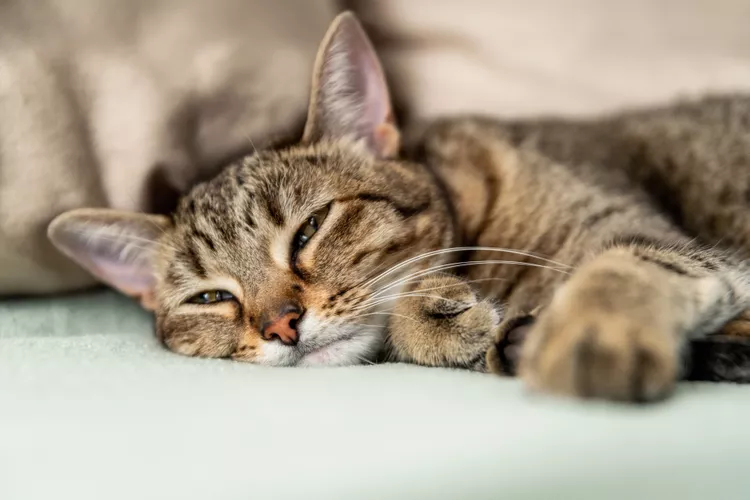
Cat Behavior Changes That Might Mean Something's Wrong
Cats' behavioral changes may indicate problems—or they may mean nothing at all. Explore causes of odd behavior and what to do about them.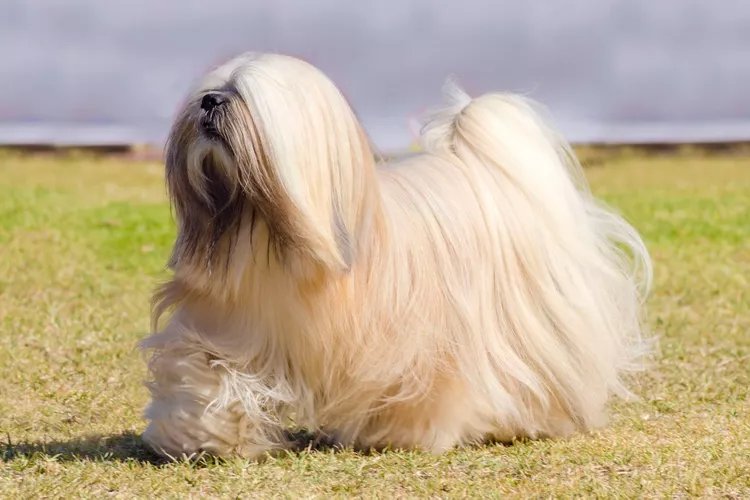
Lhasa Apso: Dog Breed Characteristics & Care
The Lhasa apso is an ancient breed from Tibet that was bred to be a watchdog. Learn about its history, health, exercise needs, and more.
Reasons Why Dogs Run Away and How to Stop It
Dogs can escape, especially if they’re bored and not properly contained. Here are some techniques for stopping your dog from running away.
Can Dogs Get Depression? How to Help Your Sad Dog
Can dogs get depression? Learn about the signs of depression in dogs and find out how to help your sad dog.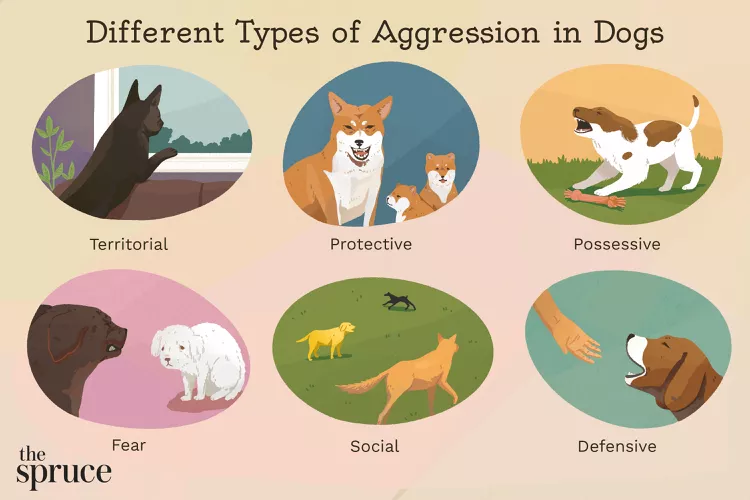
How to Stop Aggression in Dogs
Dog aggression can be a serious behavior issue for pet owners. Learn how to stop aggression in dogs before someone gets hurt.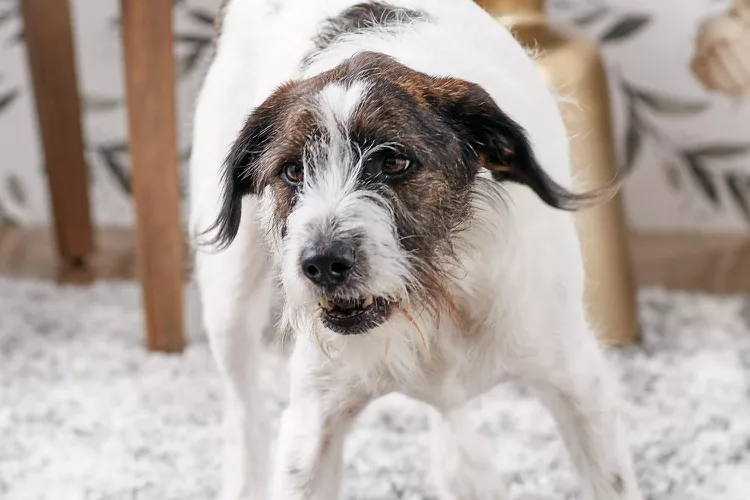
How to Stop Your Dog From Growling
A growling dog can soon become even more aggressive. Reduce the noise and potential for a dangerous situation with some of these techniques.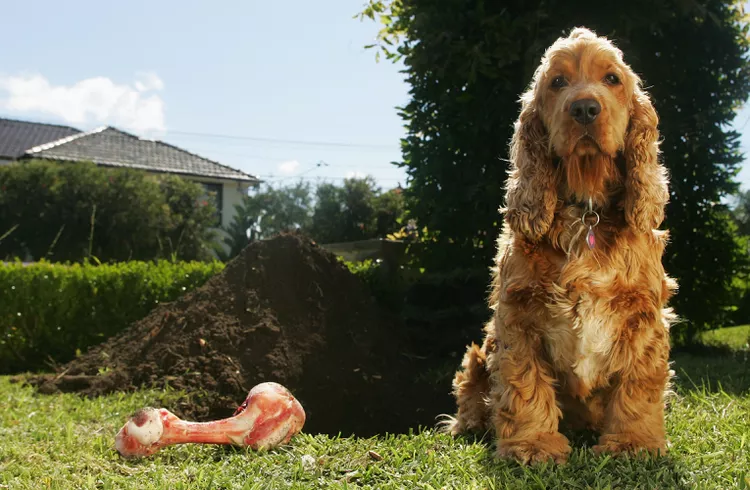
Why Do Dogs Dig Holes? How to Stop Your Dog from Relandscaping Your Yard
Dogs have been digging holes for centuries and for many reasons. Whether they’re bored or want to cool off in the dirt, here are the top reasons why dogs dig holes.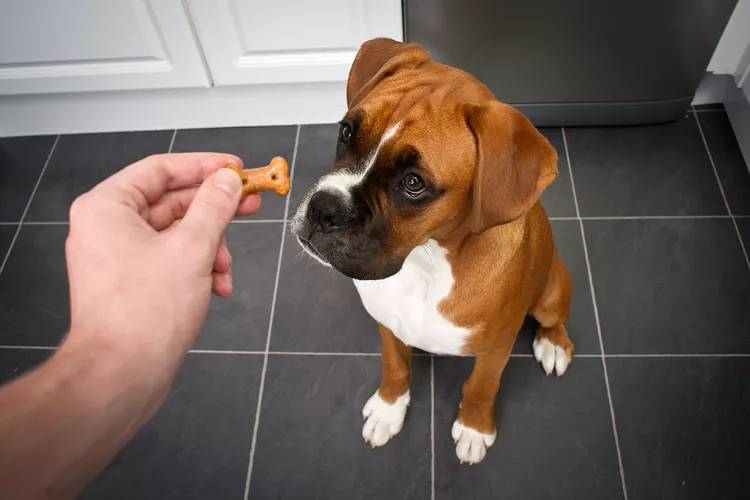
Dog Treat Varieties
Learn about the different types of dog treats on the market and decide which are best for your dog.
Can Dogs Eat Asparagus?
Dogs can eat asparagus, provided the vegetable is cooked plain and cut up for them. Seasonings, salt, and butter make it unhealthy for dogs.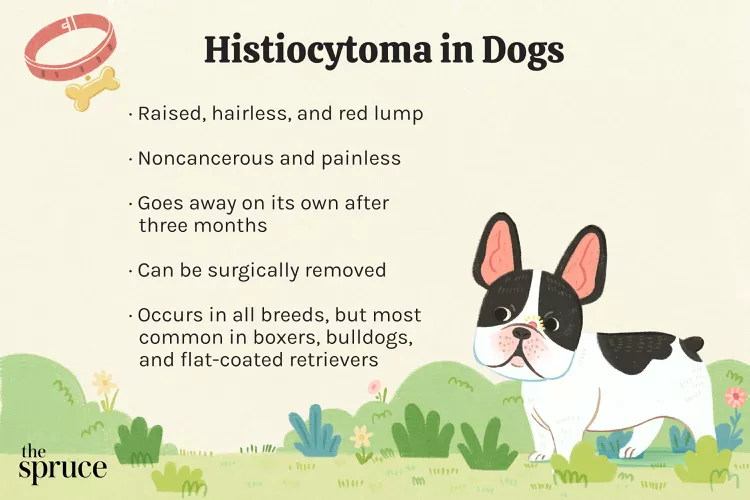
Histiocytomas in Dogs
A histiocytoma is a type of benign (non-cancerous) skin lump that usually affects young dogs. Learn the causes, treatment, and prevention.
Why Is My Dog’s Eye Swollen?
If your dog's eye is swollen, she may need veterinary attention. The inflammation could be caused by allergies, an injury, or even a tumor.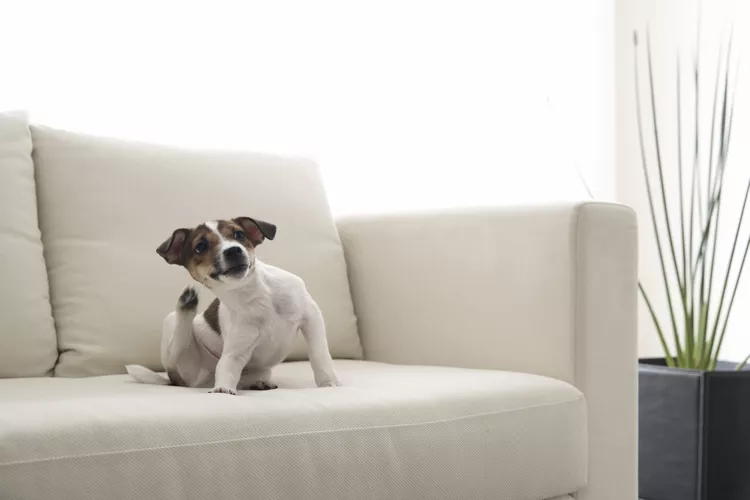
Common Bugs and Parasites Found on and Inside Dogs
Learn about common types of parasites in dogs. Find out how to treat and prevent parasites to keep your dog, your family, and yourself safe.
Exploring the Different Types of Pet-Friendly Beaches
Are you looking for pet-friendly beaches? Learn about the different types of pet-friendly beaches, their locations, and tips for visiting them with your pet.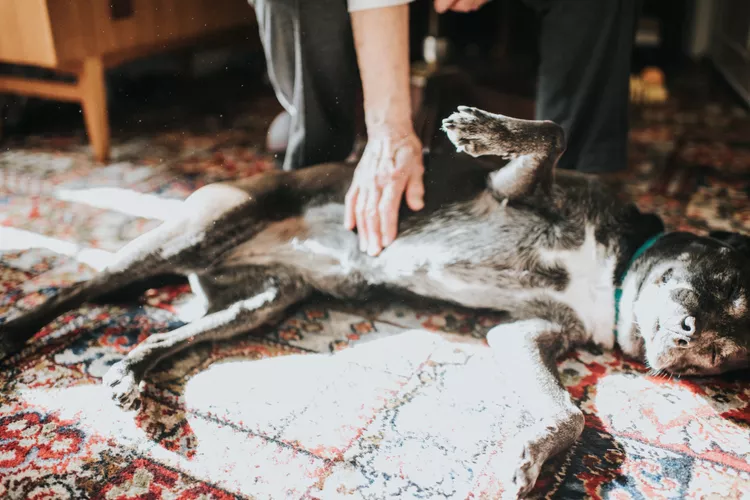
10 Obscure, Little-known Canine Facts in Honor of National Dog Day
With National Dog Day upon us, it's time to celebrate everything about our favorite pets—even the weirder stuff. Here are 10 obscure facts about dogs you probably didn't know.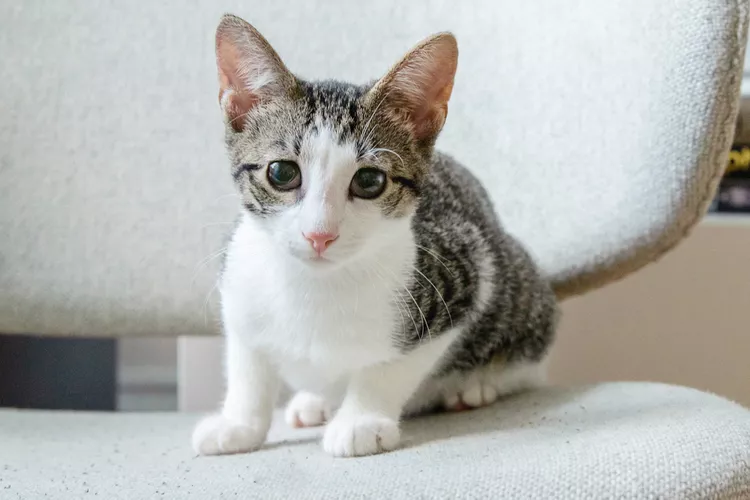
Kitten Development From 3 to 6 Months Old
Kittens grow and change a lot during their first year. Find out what happens between the ages of three months and six months old.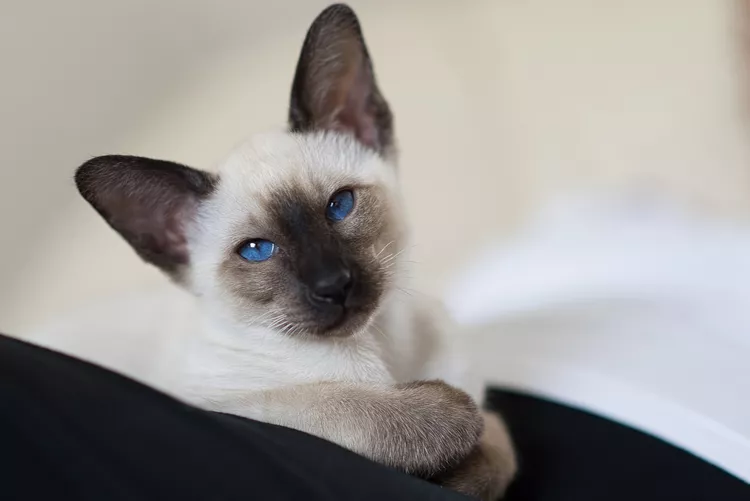
95 Siamese Cat Names
Our list of Siamese cat names has diverse and fun options to help you choose the ideal moniker for your elegant and lovable feline companion.
What to Buy for Your New Cat: A List of Essentials
Before you bring your new cat or kitten home, there are a number of things to collect or buy so your cat will feel welcomed like a family member.
The 6 Best Cat Nail Clippers of 2024 for a Safe Trim
Clipping your cat's nails can save your furniture and keep your kitty comfortable. We asked veterinarians for their cat nail clipper recommendations.